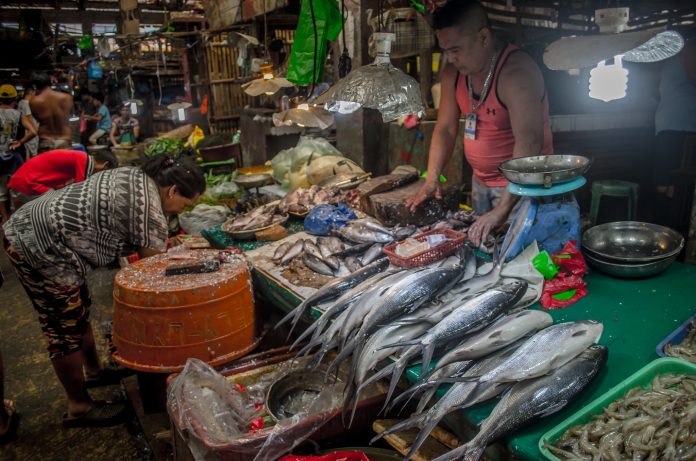
ILOILO CITY – Players have committed in helping the government address challenges besetting the milkfish industry in the country as they gathered for a two-day 2nd National Bangus Congress held at the Iloilo Convention Center.
“We should step out of band-aid solutions and start moving into long-term solutions,” said Joseph Martin H. Borromeo, national president of the Philippine Alliance of Fisheries Producers, Inc. (PAFPI) in a press conference at the sidelines of the congress, that ended Friday.
He said after the congress, they will sit down and discuss concrete steps, as he assured that their group the (PAFPI) and the Philippine Milkfish Industry Group (PhilMig) will help government “regulate prices”.
“We will not allow anymore manipulators to destroy the system,” he said, adding it has come into a situation where manipulators are strong “to be able to control the prices.
Meanwhile, one of the “band-aid” plans is to create a “tienda” so products will be brought to areas where there are no supply of milkfish to stop the manipulation of prices.
The problem persists in Manila because the price of bangus in the province ranges only from P160 to P180 a kilo depending on the size. The farm-gate price is at P120 per kilogram.
He, however, did not mention the existing price of bangus in Manila.
Unfortunately, Borromeo said they could not identify who the manipulators are but they know that there are “middlemen who control” because the product passes through them and they are the ones setting the prices.
“They’re making a buck somewhere at the expense of Filipino people,” he said.
Among the long-term solutions they wanted to present to concerned government agencies are the establishment of strategic trading posts across the country for farmers to directly sell their products and the utilization of the e-commerce in ensuring transparency of pricing across the system.
E-commerce is being practiced in other countries, Borromeo said.
David Villaluz, chairman of the PAFPI, said in-between those long term plan, it is suggested hat government start educating the people that it is safer to eat fresh frozen.
“What we want to do is to level up the bangus industry like the chicken and poultry industry, you have choice cuts,” he said.
He also supported the plan to have the “tienda” where their association could deliver bangus to areas where there are is no supply.
Villalus said producers only want a decent margin which is P10 to P15, which already covers the production cost.
He agreed that high price is no longer due to the low supply and high demand but there is a “price manipulation that is happening”.
Nonetheless, Drusila Esther Bayate, assistant director for Technical Services of the Bureau of Fisheries and Aquatic Resources (BFAR), said that the milkfish industry in the country “is a promising industry; it continues to grow.”
In 2017, the country produced 406,000 metric tons of bangus, which is 3.4 percent higher compared to 2016.
“There were years that it has stagnated but in the last two to three years, it was marked by growth,” she said.
She presented that around 25 percent of last year’s production came from Region 1, surpassing Western Visayas, the former top producer.
“For a long time, Western Visayas was a top producer, however, because of the changes in the technology and the advances in the milkfish technology, Region 1 now leads due to mariculture technology,” she said.
Western Visayas produced around 79,000 metric tons in 2017 followed by Central Luzon with 71,000 metric tons.
“Iloilo is the only area that produces fishpond-based (bangus). The rest are in cages,” she said.
Bayate said they get inputs from the private stakeholders on how to approach the challenges being faced by the industry.
“Their inputs are so valuable to us in formulating the program for the roadmap of the bangus industry,” she said.
This year’s congress is themed “Harmonizing Efforts Toward Achieving Domestic Food Security and Stronger Global Presence”. (PNA)



